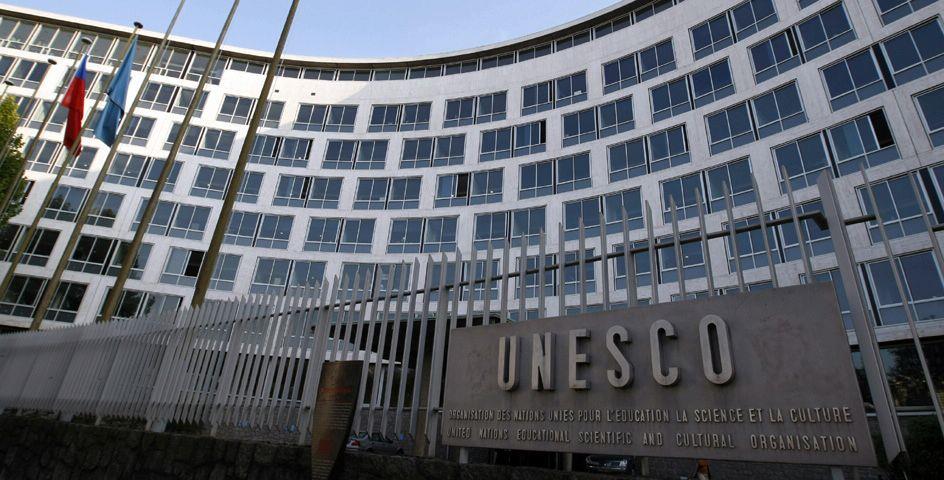SYMPOSIUM: The Many Faces of UNESCO (1945-2015)
The United Nations Educational, Scientific and Cultural Organization (UNESCO) has many faces. To build peace, UNESCO has morphed into a carrier of (peace) ideologies and an astute promoter of cooperation between governmental and non-governmental actors at both the global and the local level. It has produced multilateral treaties to steer national policies and provided a stage for individuals to raise their concerns. While its laudable efforts to bring peace in the minds of men have been applauded, its programs have also been criticized for being a vehicle of nationalistic triumphalism. UNESCO’s multifaceted nature testifies seven ambitious decades of arbitrating peace-building between global powers through the languages of supposedly neutral science and liberal cultural understanding.
Seventy years after UNESCO’s foundation, PhD students and their supervisors from the Leibniz-Institut für Europäische Geschichte, Mainz, and Maastricht University’s Faculty of Arts and Social Sciences came together to critically discuss the organization’s endeavors in the field of cultural and natural heritage. The following questions were addressed:
What are the historical origins of UNESCO’s programs in nature conservation and cultural heritage?
How do UNESCO policies manifest themselves in the interplay between international and local practices and discourses of culture and science?
What can scholars studying the history of UNESCO from various disciplines and approaches learn from one another?
The programme can be found here. For further information please contact Bart Zwegers.
Also read
-
05 Aug16:00 - 17:00
Faculty of Health, Medicine and Life Sciences | Campus tour for prospective bachelor's and master's students
We offer the possibility of a guided campus tour. One of our students is happy to take the time and guide you around the campus, answering all the questions you might have.
-
20 Aug19:00
